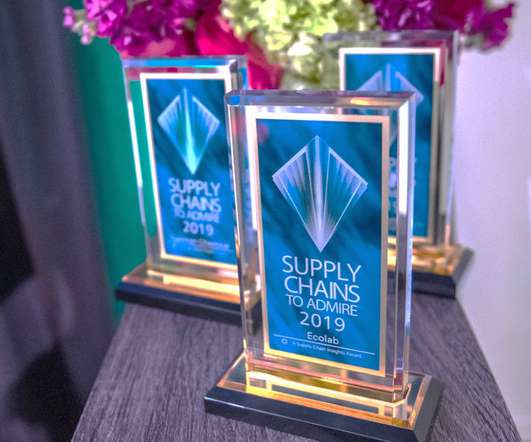Who Should Be In The Winner’s Circle?
Supply Chain Shaman
AUGUST 12, 2020
When Gartner purchased AMR Research in December 2009, the methodology became the Gartner Supply Chain Top 25. Only 29% of manufacturers easily manage total cost trade-offs. The research project analyzed 1200 combinations of 180 metrics for four hundred companies for the period of 2010-2012. The reason? The result? The reason?
















Let's personalize your content